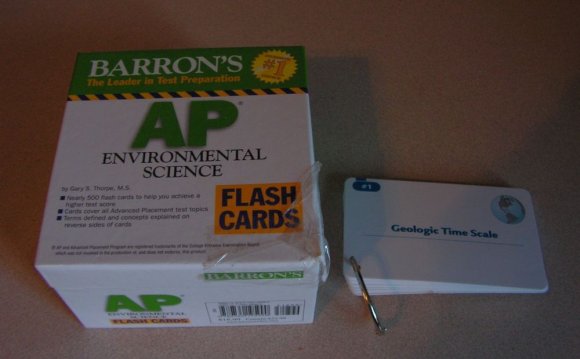
|
A group of organisms of the same species that inhabits a defined geographic area at the same time. |
|
|
The number of individuals of a population that inhabit a certain unit of land or water area. |
|
|
How individuals of a population are spaced within a region. |
|
|
Random (population dispersion) |
The position of each individual is not determined or influenced by the other members of the population. Relatively uncommon. |
|
Clumping (population dispersion) |
The most common dispersion pattern. Individuals "flock together" |
|
Uniform (population dispersion) |
The members of the population are uniformly spaced throughout their geographic region. Often the result of competition for resources in an ecosystem. |
|
The amount that the population would grow if there were unlimited resources in its environment. |
|
|
The maximum population size that can be supported by the available resources in the region. |
|
|
The time it takes for a population to double can be approximated by dividing 70 by the current growth rate of the population. |
|
|
Reproduce early in life and often have a high capacity for reproductive growth |
|
|
Reproduce later in life, produce fewer offspring and devote significant time and energy to the nurturing of their offspring. |
RELATED VIDEO
![Ethereal Flashcards (Tama University) [2011-2012]](/img/video/ethereal_flashcards_tama_university_2011_2012_49.jpg)
![[PDF Download] AP Environmental Science Exam Flashcard](/img/video/pdf_download_ap_environmental_science_exam.jpg)










